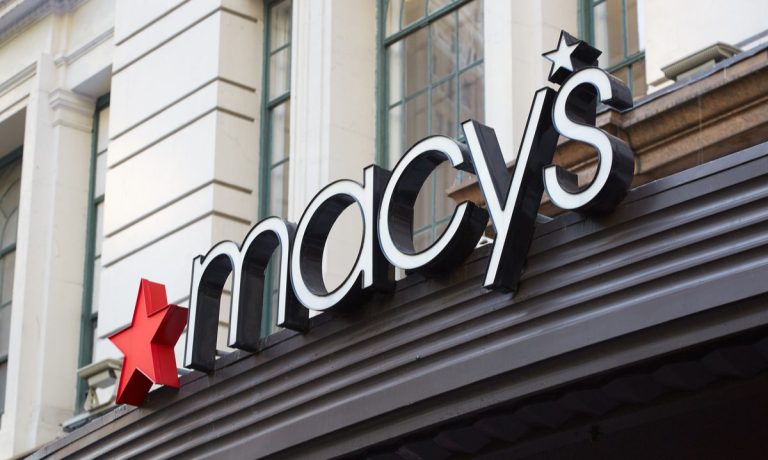Separation of Store, eCommerce Operations Draws Increasing Interest

Decades ago, when consumers had only one way to shop — in store — retailers were able to focus all their efforts on optimizing that experience. But as eCommerce has risen and accelerated, brands have had their attentions divided between digital and physical, with online often getting more investment in recent years.
Some, such as Saks Fifth Avenue parent company Hudson’s Bay Co. (HBC), have found it easier to split the company’s operations than split attention — the past several months have seen the company reorganizing Saks Fifth Avenue, Saks OFF 5TH and the flagship Hudson’s Bay to have separate legal and structural entities for retail stores and eCommerce, which executives have said allows for “unencumbered strategic investments into their respective businesses.”
And now others may be considering the move, too. Last week, activist investor Jana Partners said it believes Macy’s could boost its valuation by spinning off its eCommerce business, with digital alone worth about $14 billion, according to a presentation viewed by Bloomberg. Macy’s as a whole, including retail stores, has a market valuation of about $7 billion.
Macy’s said in a statement that the retailer is committed to a “dynamic, seamless omnichannel experience,” and past statements show little sign that it would be a serious consideration. In early 2020, Macy’s embarked on a three-year restructuring strategy in an attempt to stabilize profitability and turn the company into a “digitally-led omnichannel retailer.”
“Our commitment to delivering a dynamic seamless omnichannel experience across the customer shopping journey has never been stronger,” CEO Jeff Gennette told analysts in August.
Macy’s digital sales are expected to be between $8.35 billion and $8.45 billion after nearly doubling in the past four years, according to the company’s second quarter earnings presentation.
Related: Macy’s Brings Back Toys R Us, Exceeds Q2 Expectations
But investor interest in splitting physical and eCommerce operations into different structures may suggest wider consideration across the retail space could be underway. Additionally, there may be money on the table: For Saks Fifth Avenue, the move included a $500 million digital investment from Insight Partners; and the physical-digital split of Saks OFF 5TH saw a $200 million investment. Jana Partners has suggested that Macy’s could facilitate a similar transaction.
Balancing Online and Offline Shopping
Digital brands have increasingly been dipping their toes in the physical retail waters, with the most high-profile example being Amazon and its bevy of Fresh, 4-Star, Books and rumored department-style stores. Last week, the eCommerce giant opened its first 4-Star store outside the U.S. with a 3,500-square-foot location in the U.K.’s Bluewater shopping center in Kent.
Read more: Doors Open at First Amazon UK 4-Star Store Outside US
In a conversation with PYMNTS last week, Payoneer Chief Strategy Officer Charles Rosenblatt said that speaks to “the power of a brand.”
“If Amazon didn’t have a brand, someone opening up a 4-star store that was hawking random products all around the globe wouldn’t be opening up on high street and getting massive attention,” he said.
See: This Week In Payments: Fresh Revenue Streams, BNPL Fraud Watch and Solutions for Real Problems
After 18 months of digital shopping being the only way to make purchases, Rosenblatt said “there’s a craving for normalcy of going out to an actual store more so than there was 24 months ago.”
“I think this combination between online and offline is going to continue to grow as online continues to grow at the rapid rate it will and that’s not going to stop. … But I think offline is going to become a major presence for these online players as well,” he added.



